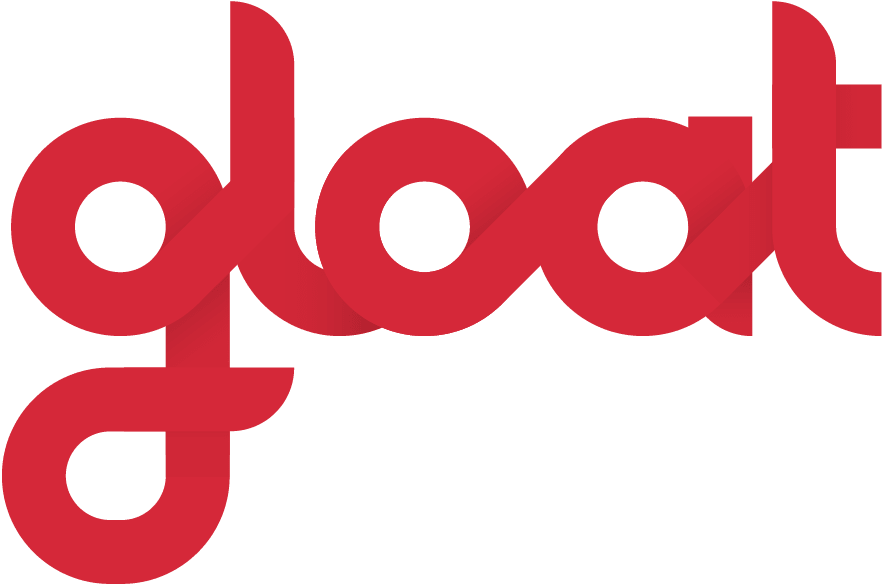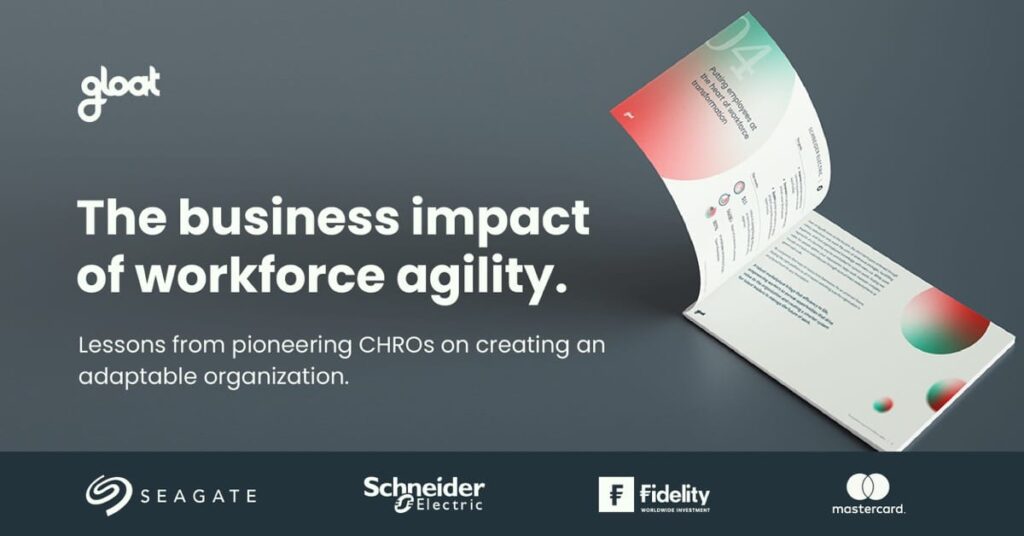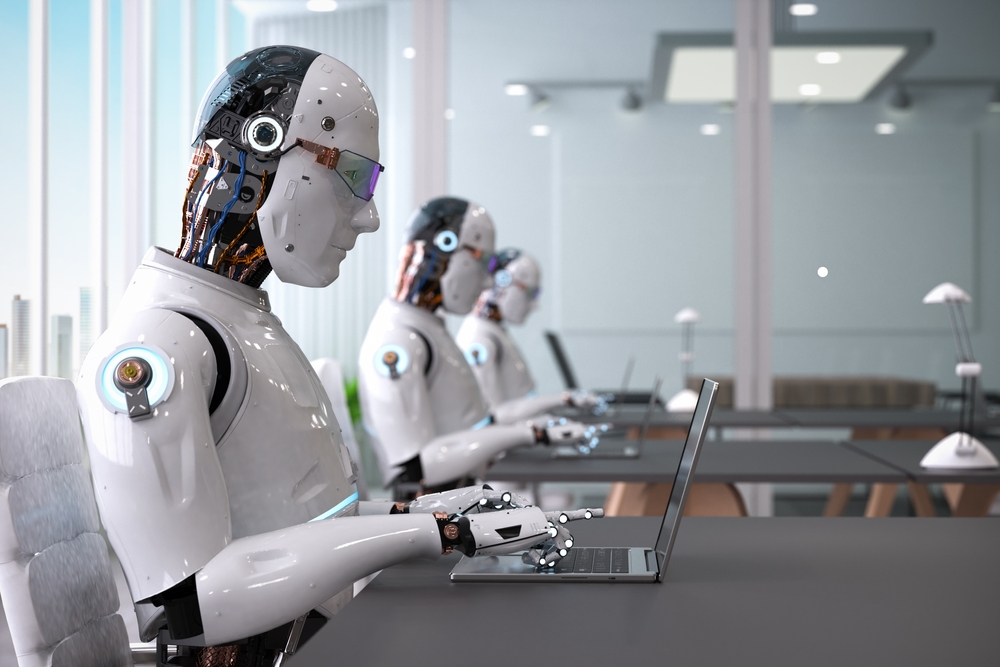Work in the age of AI: why deconstructing roles matters
Work as we know it is getting a major shakeup. Here’s how to navigate the change.

What if job titles are holding your organization back? As technology reshapes how work gets done and business priorities evolve overnight, fixed job descriptions are becoming a constraint. Organizations that cling to rigid roles will struggle to redeploy talent effectively and respond quickly to new demands.
By dissecting what traditional roles actually involve, companies can uncover hidden capabilities, enable more dynamic allocation of resources, and improve workflows to accelerate execution. Work deconstruction provides a new blueprint for designing work around people’s skills and technology’s capabilities, paving the way for a more agile and innovative future.
What is work deconstruction?
Work deconstruction reimagines how work is structured and carried out. It is the process of breaking down a job into its core tasks, skills, and activities to better understand what work is being done and how it can be optimally redistributed across human and technological resources. It helps organizations boost productivity and enables roles to evolve alongside emerging tools and digital innovations.
How does work deconstruction challenge traditional HR job design models?
Traditional HR job design models rely on rigid, job-based frameworks in which jobs are “stable tasks bundled into administrative job titles.” These models reinforce the hierarchies and linear, vertical career paths embedded in a typical organizational chart. They limit agility, making it difficult for organizations to deploy talent based on skills and adapt quickly to changing business needs.
In contrast, work deconstruction challenges the idea that work must be performed within rigid job boundaries. It examines the granular tasks and skills that make up traditional jobs and reorganizes work around them. This approach encourages fluid career paths and reveals opportunities for collaboration and mobility across the organization.
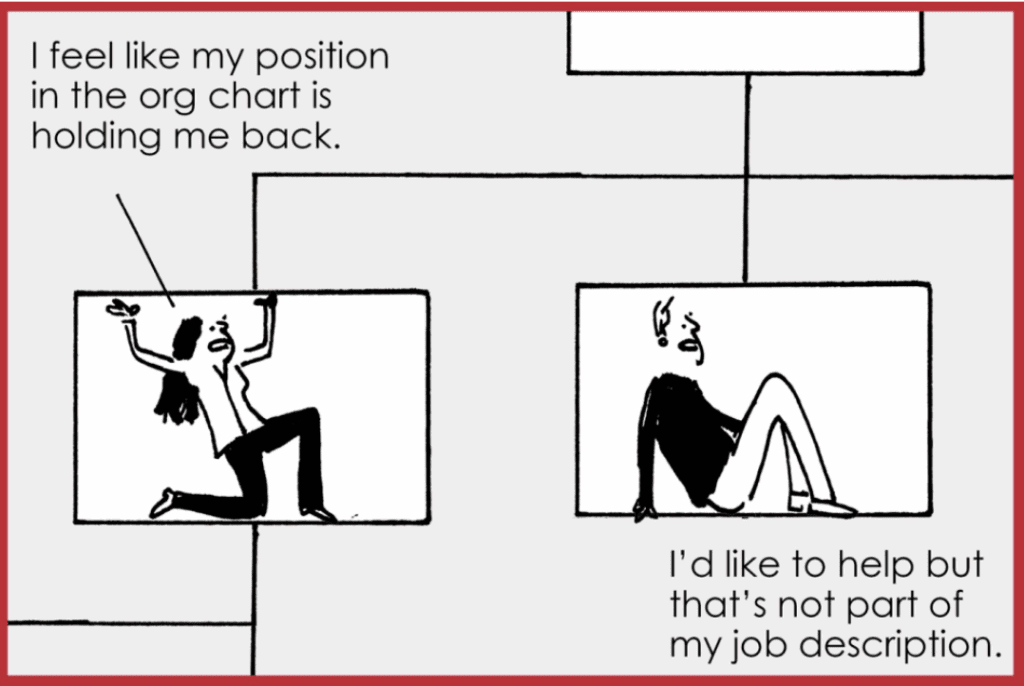
Why organizations are deconstructing work
#1. The rise of AI, automation, and project-based work
As organizations work towards integrating AI into everyday work, they face a critical opportunity to augment human potential. Josh Bersin presents five imperatives for a successful AI transformation and includes the redesign of work, jobs, and organizational models. He encourages companies to “deconstruct work into activities, evaluate AI solutions, and determine the human role alongside AI.”
Work deconstruction helps clarify what needs to be done, enabling decision-making on what AI should do, where human judgment is needed, and how humans should manage and collaborate with AI. Well-informed decisions on how to empower humans with AI will help organizations 10X workforce productivity.
AI and automation are taking over process-based work. While “special projects” once accounted for only ~20% of work, McKinsey suggests that in the future, businesses will deploy 80% of people in projects and 20% in processes. The shift to project-based work demands that organizations deconstruct work so they can deploy skills strategically and dynamically across projects.
#2. Need for greater workforce agility
85% of business executives say that organizations need to create more agile ways of organizing work to swiftly adapt to market changes. Work deconstruction provides the foundation for breaking through siloes. Through flexible and dynamic assembly of teams, businesses can address evolving priorities and achieve speed to market.
#3. Responding to the global skills gap
By deconstructing work at a granular level, businesses can more easily determine both present and emerging skills gaps. As AI reshapes skill requirements at record speed, gaining better insights into gaps at the individual, function, and enterprise levels will enable faster, more strategic talent redeployment.
Core elements of work deconstruction
#1. Identify tasks and outputs
Make work visible. Break it down into a series of specific tasks. Say a recruiter needs to conduct candidate screening; you can deconstruct this into tasks like resume review, interview preparation, and interview scheduling. Consider what is being achieved as a result of each task.
#2. Determine skill requirements
Understanding what skills align to granular tasks, you can assign tasks based on skills, not roles. Gloat’s Mosaic can help deconstruct work into tasks and skills, helping you think critically about how to orchestrate work across your workforce of humans and AI.
#3. Map out relationships, dependencies, and outcomes
Think through where there are interactions, which stakeholders are part of those interactions, and where handoffs between humans and between humans and AI occur. Use this information to optimize workflows and support governance and collaboration. Often a missed step, ensure each task and the work itself is tied to outcomes, and clarify who or what technology is accountable for these outcomes.
#4. Start from the top and the ground floors
People will not just accept how executives reorganize work around projects, skills, or AI unless there is desire to adopt it across all levels within your organization. Leaders must empower and encourage employees to seek new opportunities and skills and integrate AI into their workflows organically. Work deconstruction helps employees because it shows where AI can assist them at the task level, so they can focus on higher-value work and build future-ready skills.
Benefits of work deconstruction
#1. Easier AI adoption
Work deconstruction makes AI feel less abstract by revealing where it can assist at the task level. When employees clearly understand which aspects of their work can be supported by agents, copilots, automation, or copilots, they are more likely to embrace AI in their daily workflows.
#2. Accelerated AI mastery
By using AI tools to support individual tasks, employees build hands-on experience and confidence in applying AI to improve their performance. This “learning by doing” approach helps them discover additional use cases, deepen their understanding of AI’s capabilities, and develop the skills needed to thrive in an AI-enhanced workplace.
#3. Enhanced productivity
Work deconstruction means organizations can streamline workflows, addressing inefficiencies and redundancies that often go unnoticed in traditional job structures. It is also used to ensure the right people and technologies are aligned to the right tasks, for optimal output and speedy execution.
#4. Increased organizational flexibility
Breaking down how work gets done means organizations can rethink workflows and task assignments more strategically and adapt to market changes faster. Work can be assigned based on real-time needs and available skills and resources.
#5. Cost optimization and efficiency
Lacking the right skills could cause a median-size S&P 500 company to lose $116 million a year. Deconstructing work and gaining visibility into skills allows you to leverage your talent effectively and bridge present and future skill gaps. By laying the foundation for internal talent mobility and greater workforce agility, work deconstruction also helps to reduce external recruiting expenses and termination costs.
#6. Greater employee engagement
Hiring based on skills—not just job titles—leads to longer tenure and comparable or better performance. When organizations enable agile resource allocation and internal mobility, employees are empowered to own their careers and businesses are more likely to retain top talent.
Work deconstruction and the future of work
We are moving towards what Ravin Jesuthasan and John W. Boudreau call “work without jobs.” This view sees skills, instead of rigid job titles, as the primary unit of work, and projects and tasks being bundled using skills as opposed to roles or functions.
While Gen AI may not replace entire roles, it will automate specific tasks. To boost productivity and unlock the full potential of an AI-enabled workforce, organizations must rethink and reconfigure roles accordingly. Auditing tasks will help businesses decide what Gen AI should perform and where humans excel, so their workforce is empowered by Gen AI.
Career paths are no longer strictly vertical. Employees will build their own personalized career paths based on personal and professional interests as well as their organization’s goals. Rather than being pigeonholed into certain jobs, employees will close skill gaps needed to take on new experiences in line with the work that needs to get done.
Do you hope to unlock greater workforce productivity? Learn more about the benefits of a flexible and adaptable approach to workforce management in The Business Impact of Workforce Agility.
